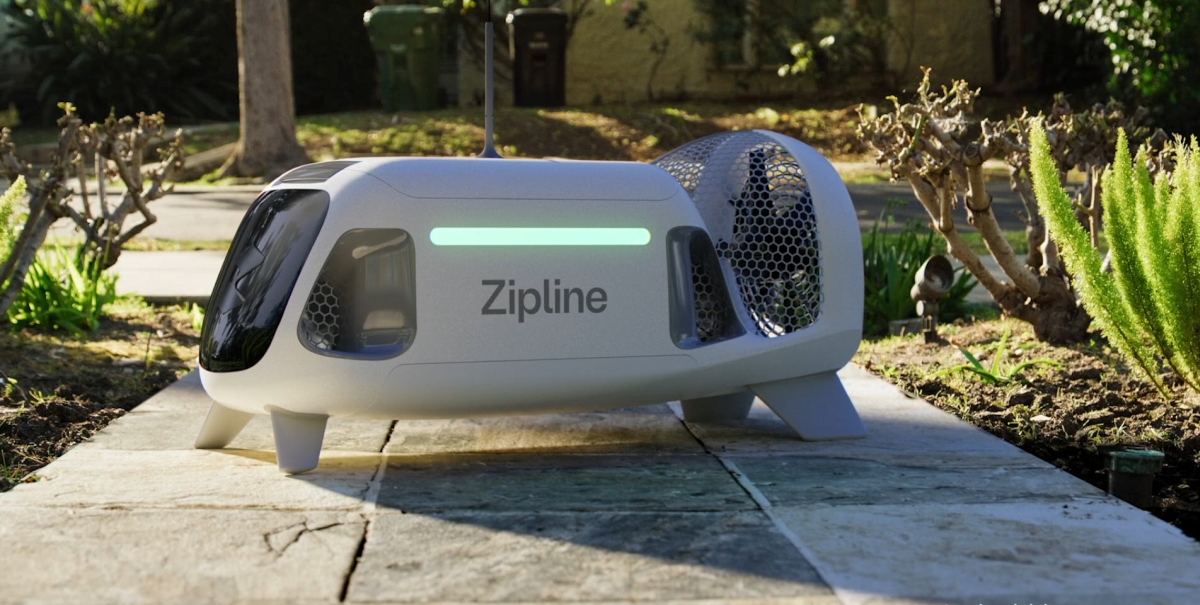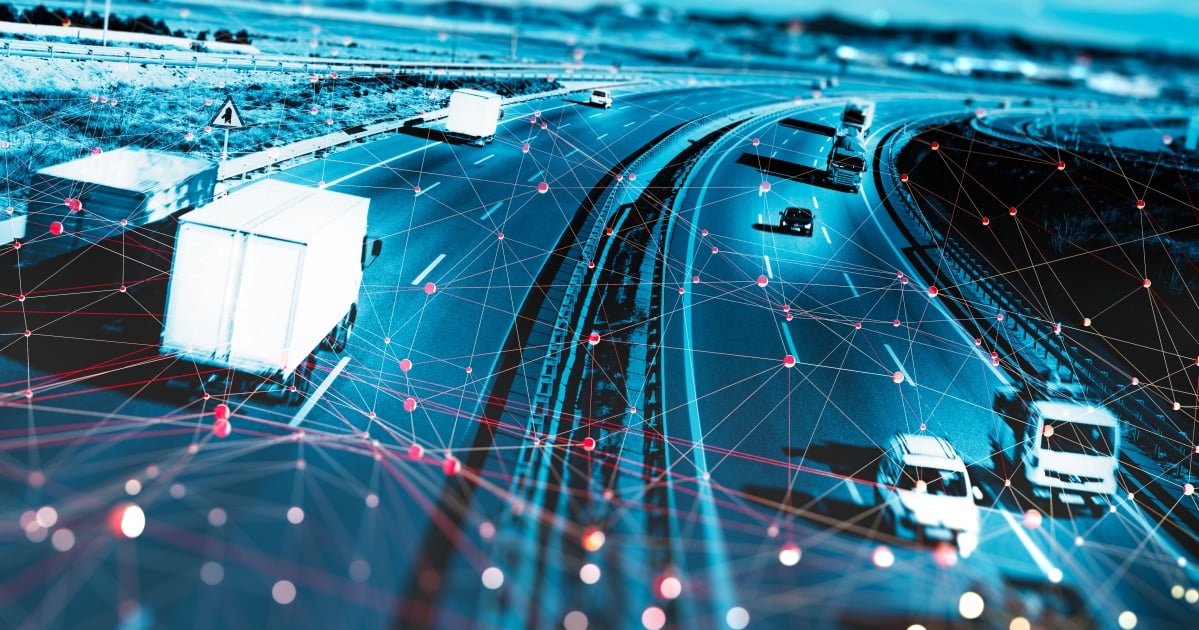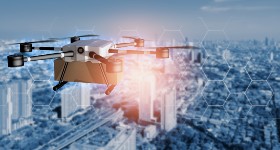
As the year quickly starts to wind down, everyone from industry analysts to enterprise decision makers are racking their brains as they look ahead to 2018, trying to anticipate what new changes are on the horizon for the Internet of Things and what can, or should, be undertaken to accommodate those changes. But, while everyone has their eyes fixed on the new year, predicting what new trends will quickly emerge to dominate and shape the market, it’s worth looking back at the 12 months that just passed. You can’t know where you’re going without knowing where you’ve been, and one of the clearest ways to predict how the IoT will transform in 2018 and beyond is to understand just what changed – and why – in 2017.
Here are two major changes that began creeping into the world of the IoT this past year that will continue into the future, plus two more developments in store for our industry in the new year and beyond.
In 2017: The rise of blockchain and machine learning in IoT
Two of the most interesting trends that started building momentum this past year – and will continue well into 2018 – were machine learning and blockchain. While they likely won’t go straight to market in the new year, we will surely see more proofs of concept building on the fascinating ones we’ve seen already.
Machine learning has yielded some interesting case studies already, like retail shop security cameras with streaming video. In these scenarios, machine learning functionality can be deployed to perform facial recognition and scan certain behaviors in order to effectively identify patterns of potential theft on consumers walking through a shop. Not only does this offer a proactive security measure, it’s also able to perform this task without digging into customers’ personal data, accommodating any potential personal privacy concerns.
Blockchain is another major use case that’s poised to break out in the new year, particularly for fintech startups. Blockchain’s payment and security applications, where users can record specific secure transactions to a shared, immutable ledger, will almost certainly remap the way organizations think about how they use the IoT in tandem with financial transaction recordkeeping.
For 2018: Taking IoT security more seriously
The headlines are rife with near-daily headlines of one IoT security breach after another. This is a universal trend, but it’s one that could become especially problematic for the industrial space.
Consider the math: Industrial IoT devices are going to have a long asset life. Connected equipment in the manufacturing world may remain in use for up to seven to 10 years, on average. Now, consider how industrial companies historically tend to keep internet connections to this equipment at a minimum. The ability to keep devices updated and secured over their shelf life is critical, but many of them cannot be patched easily (or at all). Online connectivity is becoming increasingly more integrated into manufacturing operations, and the industrial world’s mindset towards cybersecurity needs to quickly catch up so that unsecured equipment isn’t being left sitting vulnerable for years at a time.
This isn’t just an industrial IoT problem. Many IoT devices, across all markets, have effectively no security strategies in place: weak security protocols, weak password solutions and no effective way to patch or install OS updates. You can be sure that next year will see at least a couple major botnet attacks aimed squarely at IoT devices, after the relative success of 2017 attacks like KRACK and Reaper.
One way the industrial sector could get out ahead this is by forcing the download and installation of new updates onto connected devices, giving users little say in the process. By taking the ability to neglect or refuse updates out of the equation, engineers can at least ensure a baseline standard of security on IoT devices. The Senate’s Internet of Things Cybersecurity Improvement Act bill is another positive step forward in the right direction.
And beyond: Redefining transportation with IoT
Cars are getting smarter, more connected and more personalized every year. This integration of the automobile and IoT will naturally lead to the first wave of fully automated vehicles. While it may still be early days for the self-driving car boom, this is not some far-off, futuristic trend; it’s really only years away from hitting the mainstream. Tesla, Mercedes, BMW, Google and Uber are all testing the waters now.
With that wave of automated cars will come a new way of thinking about cars in general. Put simply, the traditional model of buying and driving your own car will become a thing of the past. Instead, cars will become something you license from a provider for a period of time, controlled from your mobile device, instead of owning it outright. Think of it as a cross between Zipcar and Uber: a more consumerized business model that emphasizes the ability to call on transportation to your location at a moment’s notice, rather than manage your own vehicle from point A to B.
Cabs and public transit will also make greater use of IoT for improved services, more efficient routes and more satisfying user experiences, for both riders and drivers. Just this year, Verizon unveiled how it was leveraging IoT devices in Columbus, Ohio, to provide easier ways for Yellow Cab of Columbus drivers to find and lease taxis to drive, building on the success of a mobile app that allowed passengers to similarly more easily locate cabs.
These predictions barely scratch the surface of the IoT’s future. The sky’s the limit with the Internet of Things, and whether it’s the next 12 months or the next 12 years, we’re going to see more and more innovators completely reimagine some of our most mundane, day-to-day activities in new and exciting ways through the IoT.
Edited by
Ken Briodagh





